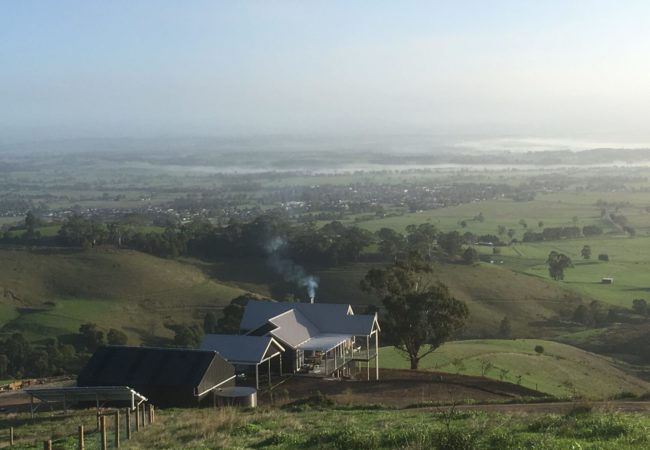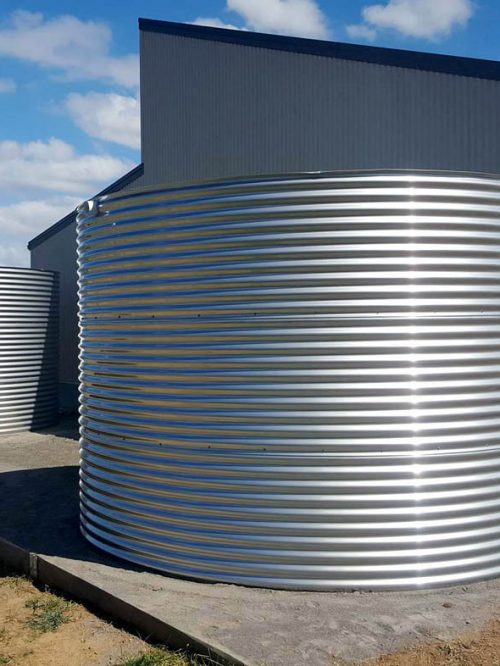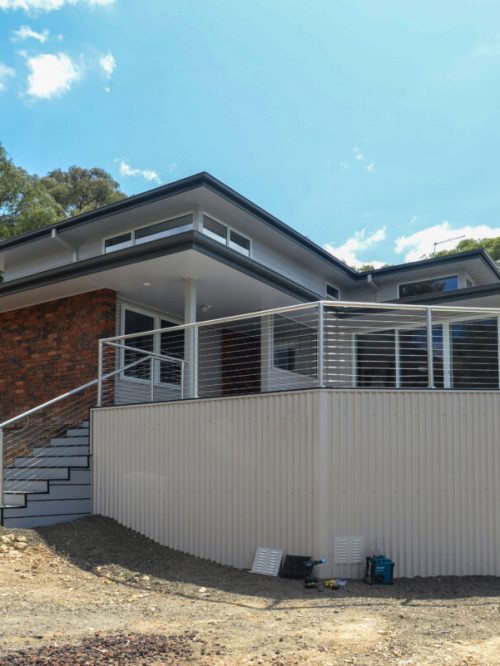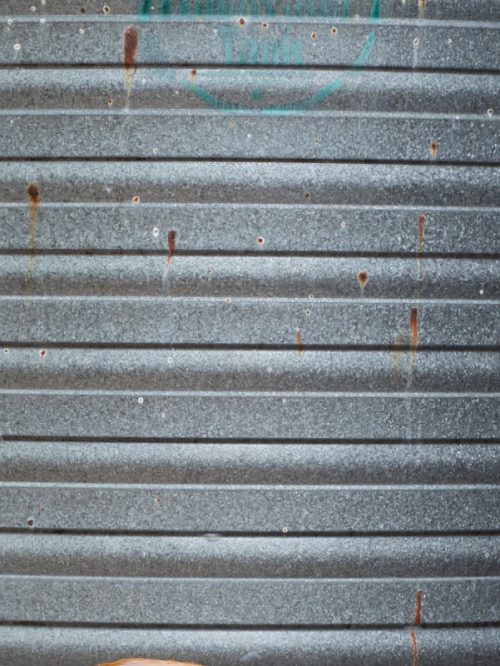Stand-alone power systems have an important role to play in supporting the energy needs of remote communities, as well as bushfire prevention by reducing fire hazards such as poles and wires. Some communities or properties are located at the edge of the grid, sitting at the end of long powerlines often vulnerable to bushfires.
A stand-alone power system (commonly abbreviated to SAPS) includes batteries to store the energy produced by the solar panels for later use, for example, on cloudy days or at night. Stand-alone systems are generally used by homes without access to a grid connection in rural or remote areas, but are sometimes used to avoid electricity supply costs even where the mains grid is available. A SAPS system can be cheaper than connecting to the grid in more remote areas.
A household off-grid solar power system is installed by an accredited solar installer and includes solar panels, a battery bank and a battery inverter to supply the household switchboard with standard 230 volt AC electricity. It also needs a way to regulate the energy coming from the solar panels. Depending on the type of system, this can be done either via a charge controller (also called a regulator) or via a solar inverter. Most off-grid households also have a petrol or diesel generator to supplement the solar during a cloudy week, or when electricity consumption is higher than normal.
The battery bank is often described as the most important part of the system, as it stores the energy produced by the solar panels for later use, for example, on cloudy days or at night. It’s also the most expensive component. Lead-acid batteries have been used effectively for storage in off-grid renewable energy systems for many years, however lithium batteries are rapidly becoming more cost-effective. Find out more about batteries in the Renew magazine Battery Buyers Guide.
Read the Renew magazine article Know your renewables: Off-grid Basics to find out how a typical system works, its components, and the how and why of going off-grid.
WATCH
Balthayock is an off-grid property in Yarragon South, Victoria. This video details the build and the off-grid setup, made by the homeowner as part of Sustainable House Day 2020.












